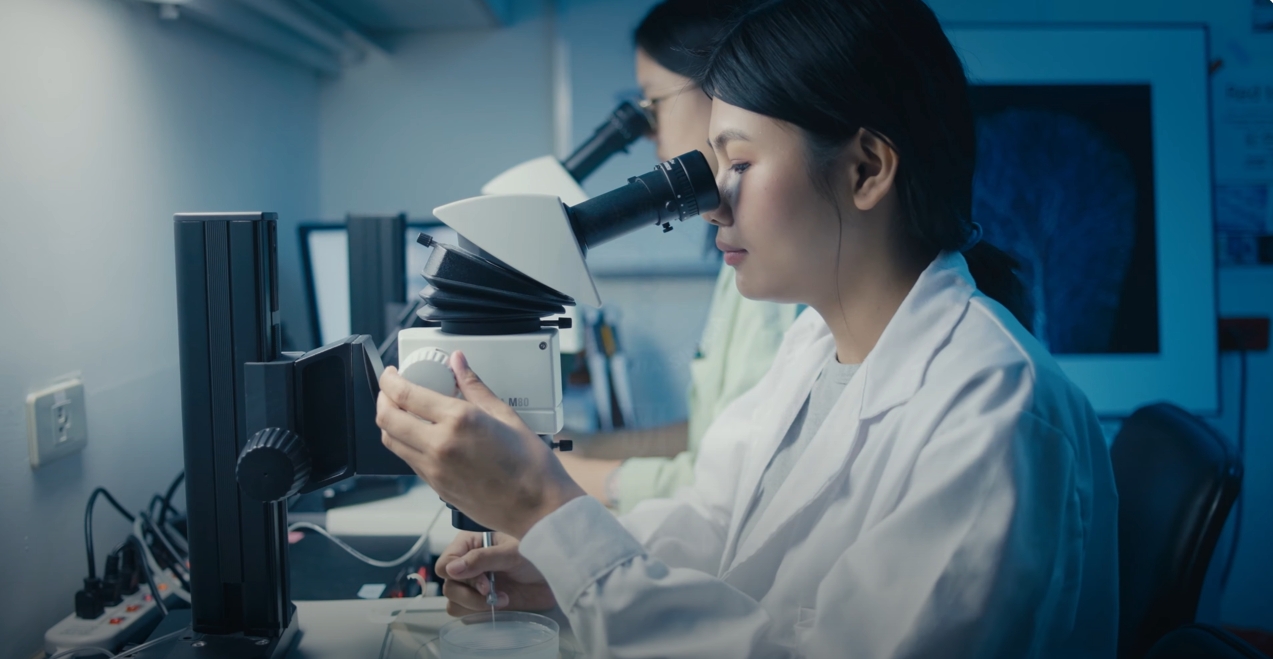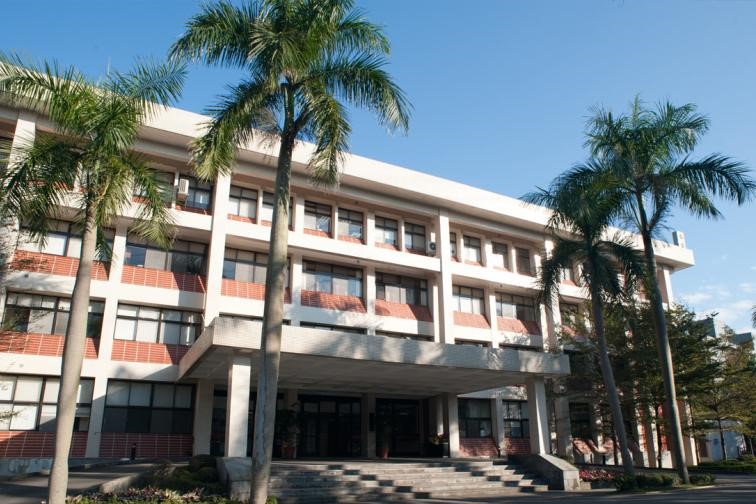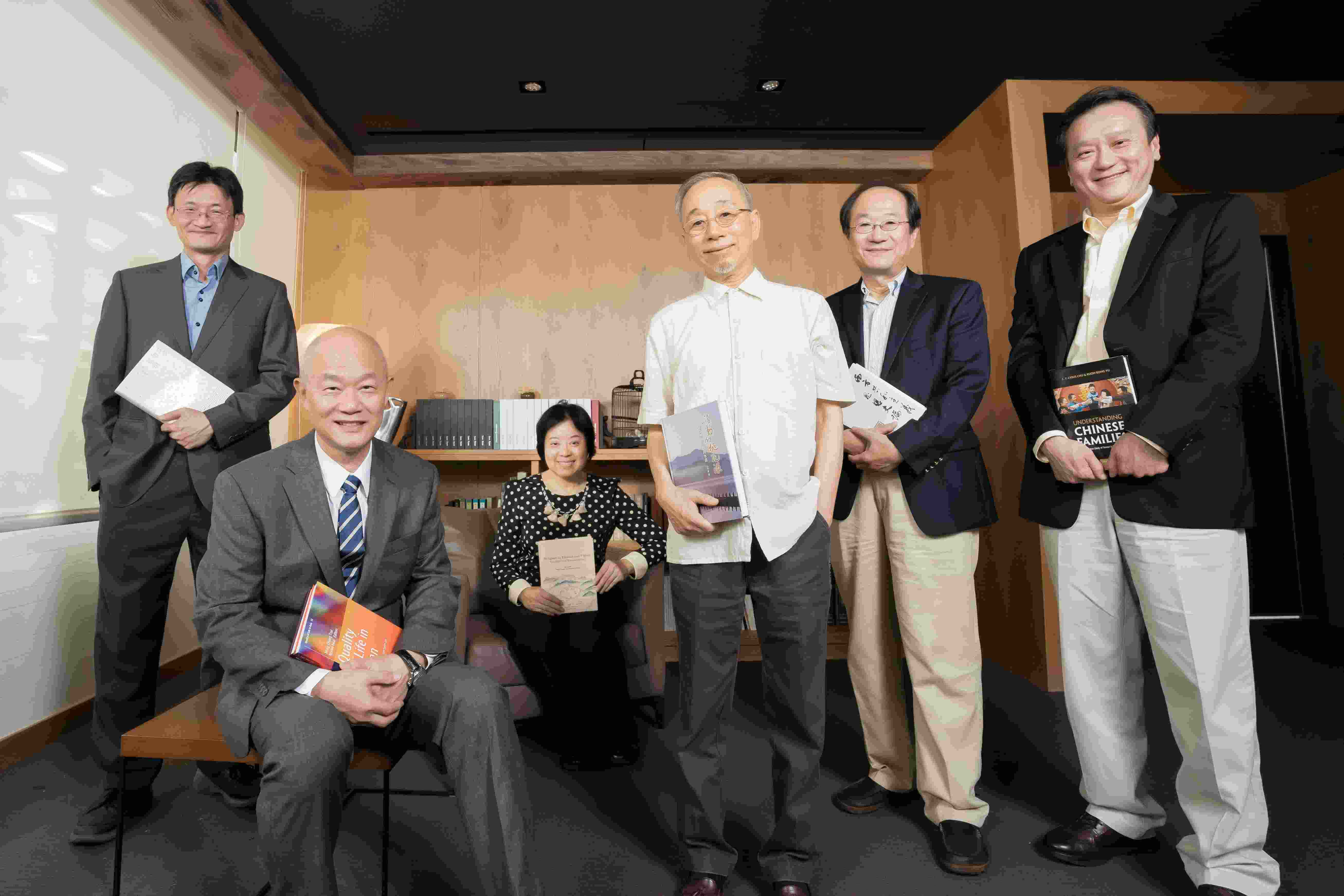- 演講或講座
- 原子與分子科學研究所
- 地點
原分所浦大邦講堂 (臺大校園內)
- 演講人姓名
Prof. Walter de Heer (Georgia Institute of Technology, Atlanta, USA)
- 活動狀態
確定
- 活動網址
Abstract:
Epigraphene is graphene that it grows epitaxially on electronics grade silicon carbide substrates. The first epigraphene layer to grow on the silicon terminated face of hexagonal SiC is covalently bonded to the substrate and a semiconductor. However, conventional production methods cause disorder in the bonding to the substrate resulting in high density of low mobility states in the band gap making it unsuited for electronics. Recent production methods remedied this problem to produce bona fide semiconducting epigraphene (SEG) on near-macroscopic terraces with a room temperatures mobility exceeding 5000 cm2V-1s-1 [1] which is at least 20 larger than is theoretically possible with any other current 2D semiconductor. SEG is readily converted to quasi-freestanding graphene by intercalation of hydrogen and other materials as well [2].
The epigraphene edge state (EES) is a single channel (G=1 e2/h) zero-mode of epigraphene ribbons with extraordinary ballistic properties. Room temperature mean free paths (mfp) exceed 1 mm, in contrast the mfp of the epigraphene is ≈20 nm. The EES was first observed in 2010 on in epigraphene ribbons grown on sidewalls of SiC substrate steps and recently shown also to exist on planar SiC surfaces [3]. The EES does not generate a Hall voltage and pins the Fermi level at EF=0 so that EES transport involves the 0-energy flat band rather than the dispersing bands near E=0 as originally predicted (the latter do generate a Hall voltage and have conductances G=2 e2/h). The EES is also observed in quasi-freestanding graphene produced by hydrogen intercalation of SEG.
SEG overcomes the last remaining hurdle towards epigraphene electronics as first envisioned in 2001 [4]. Moreover, SiC is relatively inexpensive, compatible with current high density nanoelectronics fabrication methods, and THz frequencies. Combined with the EES, SEG is a strong contender for post-silicon nanoelectronics.
1. Zhou,J., et al, Ultra-high mobility semiconducting epitaxial graphene on silicon carbide, Nature, 625, 60 (2024)
2. Speck, F., et al., The quasi-free-standing nature of graphene on H-saturated SiC(0001). Applied Physics Letters, 99 2011
3. Prudkovskiy, V.S., et al., An epitaxial graphene platform for zero-energy edge state nanoelectronics. Nature Communications, 13: p. 7814 (2022)
4. de Heer, W.A., Patterned graphene nanoelectronics, Georgia Tech Library Archive, 2022: https://doi.org/10.35090/gatech/69985









 首頁
首頁

